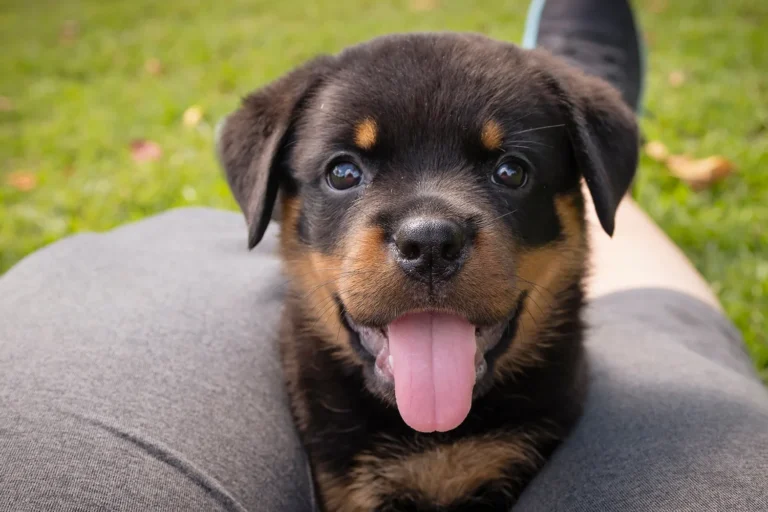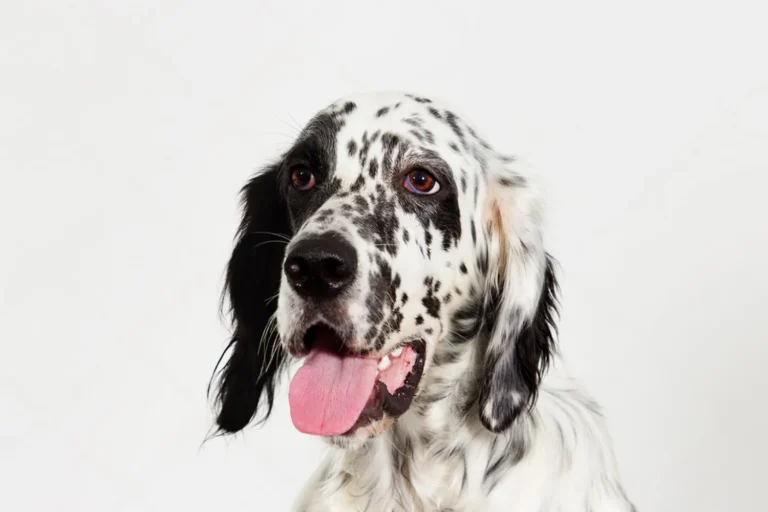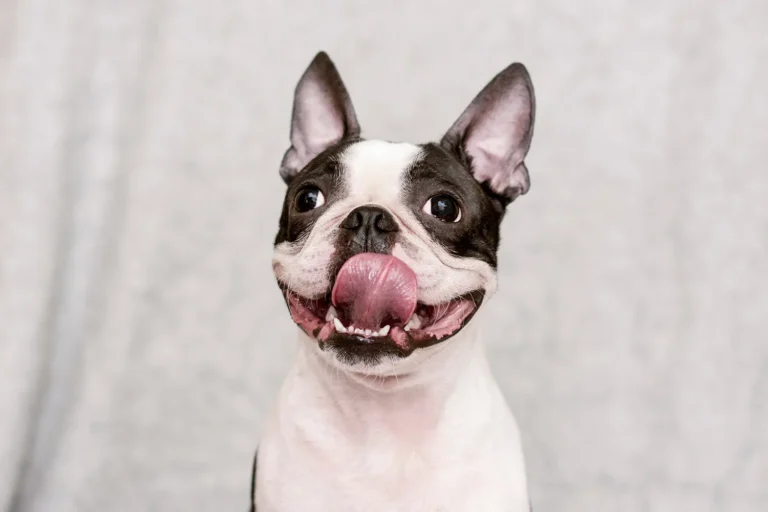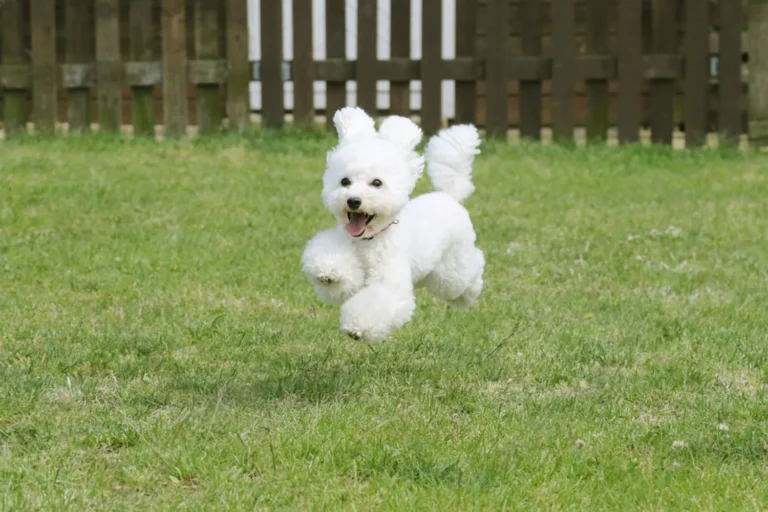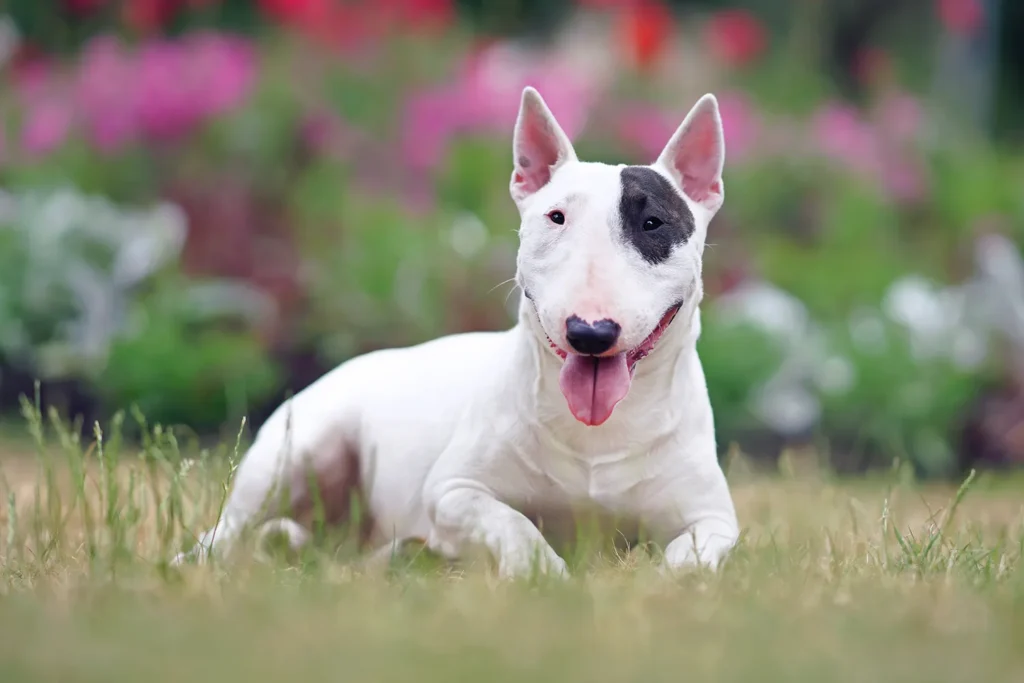
Thinking about welcoming a bull terrier into your home? That iconic egg shaped head comes with a big heart and a goofy sense of humor. The first bull terrier I met made me laugh with her dramatic head tilts and full body wiggles whenever someone said her name. They’re sturdy, people loving companions who thrive on being part of the action.
Just know they’re energetic and a bit stubborn in a charming way so consistent training and plenty of playtime are key. I always keep tough chew toys and puzzle games on hand to keep busy minds happy. If you can offer daily exercise, clear boundaries, and lots of affection, you might just find this quirky charmer is your perfect match.
History and Origins of the Bull Terrier
The Bull Terrier’s story starts on a tough note in old England, where dogs were bred for brutal blood sports like bullbaiting as far back as medieval times. It’s a sad chapter to imagine, but it’s also remarkable how the breed transformed. As those cruel pastimes faded, these sturdy, intelligent dogs found a new role walking beside well-dressed gentlemen through busy city streets. By the 1860s, a striking all white variety nicknamed the White Cavalier had become a favorite with royals, its snow white coat turning heads everywhere it went. I once saw an old photograph in a London pub of a dapper fellow with his white Bull Terrier at his heel something about that partnership felt both refined and a little rebellious.
Despite their gritty beginnings, Bull Terriers are famously playful and people loving, with a loyal streak that makes them excellent companions and naturally solid watchdogs. Under that iconic egg shaped head is a clownish spirit I met a white Bull Terrier at a Sunday street fair who wore a tiny bow tie and politely leaned into every kid’s hand for pats, then calmly stood guard when a stack of metal chairs clattered nearby. That’s the breed in a nutshell: cheerful, social, and steady when it counts.
If you’re bringing one home, a bit of guidance goes a long way. Keep training upbeat and consistent, and channel their energy into short games of tug, flirt pole sessions, or simple nose work searches around the living room. My friend fostered one who learned to “deliver the mail” from the front door to the kitchen like it was his life’s calling. Give them structure, laughs, and plenty of affection, and they return it with devotion proof that even a breed with a rough origin can become a noble, loving companion.
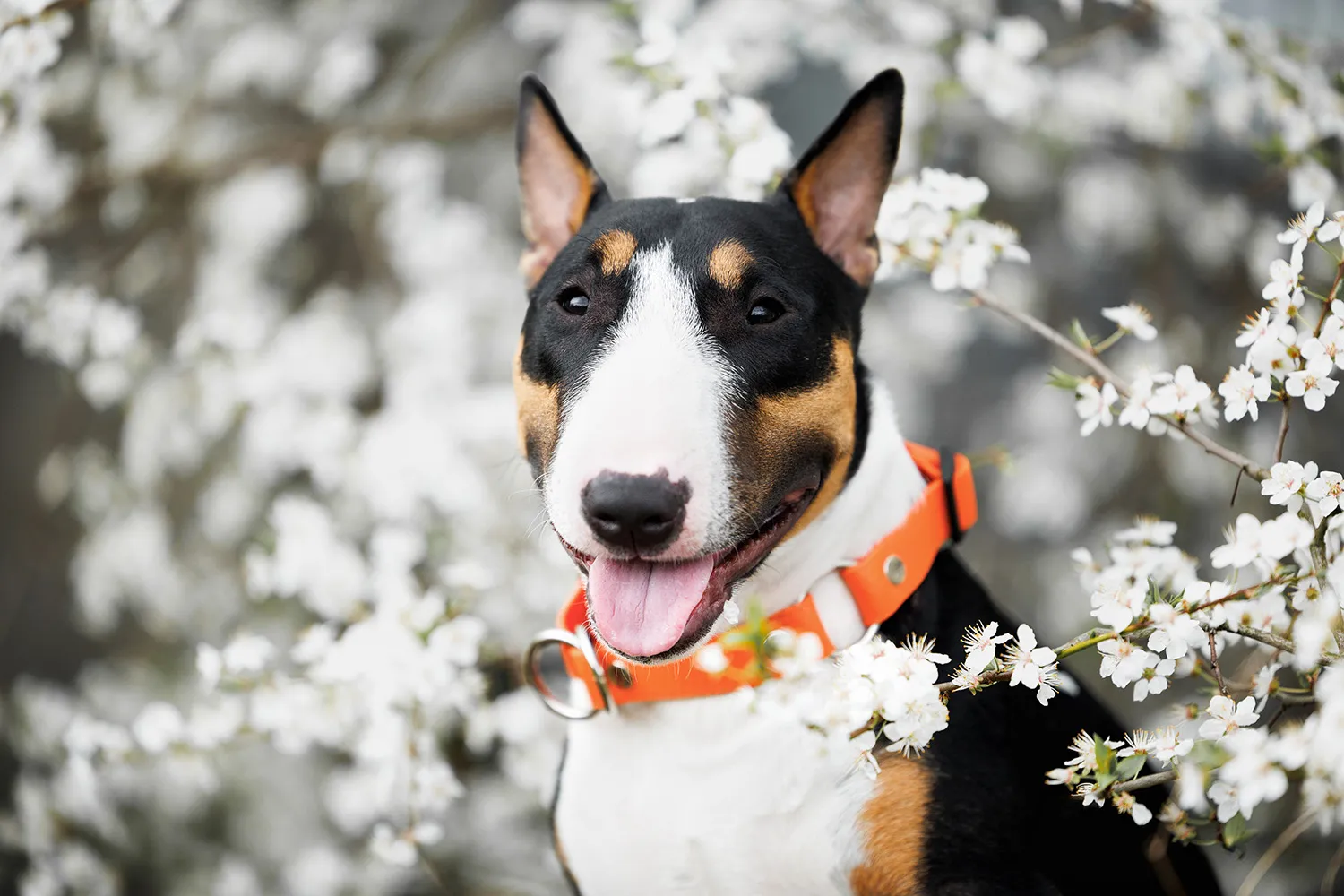
What Is a Bull Terrier?
If you’ve ever spotted a dog with a muscular, medium sized build and that unmistakable egg shaped head, you’ve met a Bull Terrier. They’re the class clowns of the dog world in a gym body package bursting with energy, goofy in the best way, and genuinely fond of people. Mine would follow me from room to room like a shadow, then suddenly zoom around the yard with a squeaky toy as if he’d just invented a new sport.
Because they’re so active, Bull Terriers do best with a daily routine that burns both brain and body energy. Think brisk walks, fetch, tug, and puzzle feeders. Short, upbeat training sessions work wonders too they’re smart but can be a bit stubborn, so keep it fun and consistent. Sturdy toys are your friend; flimsy ones won’t last long. I learned to rotate toys every few days to keep the excitement fresh and the couch legs safe.
They sit proudly in the terrier family alongside Miniature Bull Terriers, American Staffordshire Terriers, and American Pit Bull Terriers, which explains their bold, determined streak. Underneath it all, though, you’ll find a total sweetheart who loves to cuddle after a good workout and can adapt to apartment life if you meet their exercise needs.
Fun fact: in the late 1980s, Bud Light made an English Bull Terrier named Spud McKenzie a national star. I remember those commercials overnight, everyone on my street wanted a “Spud.” He definitely helped the breed’s popularity soar across the country.
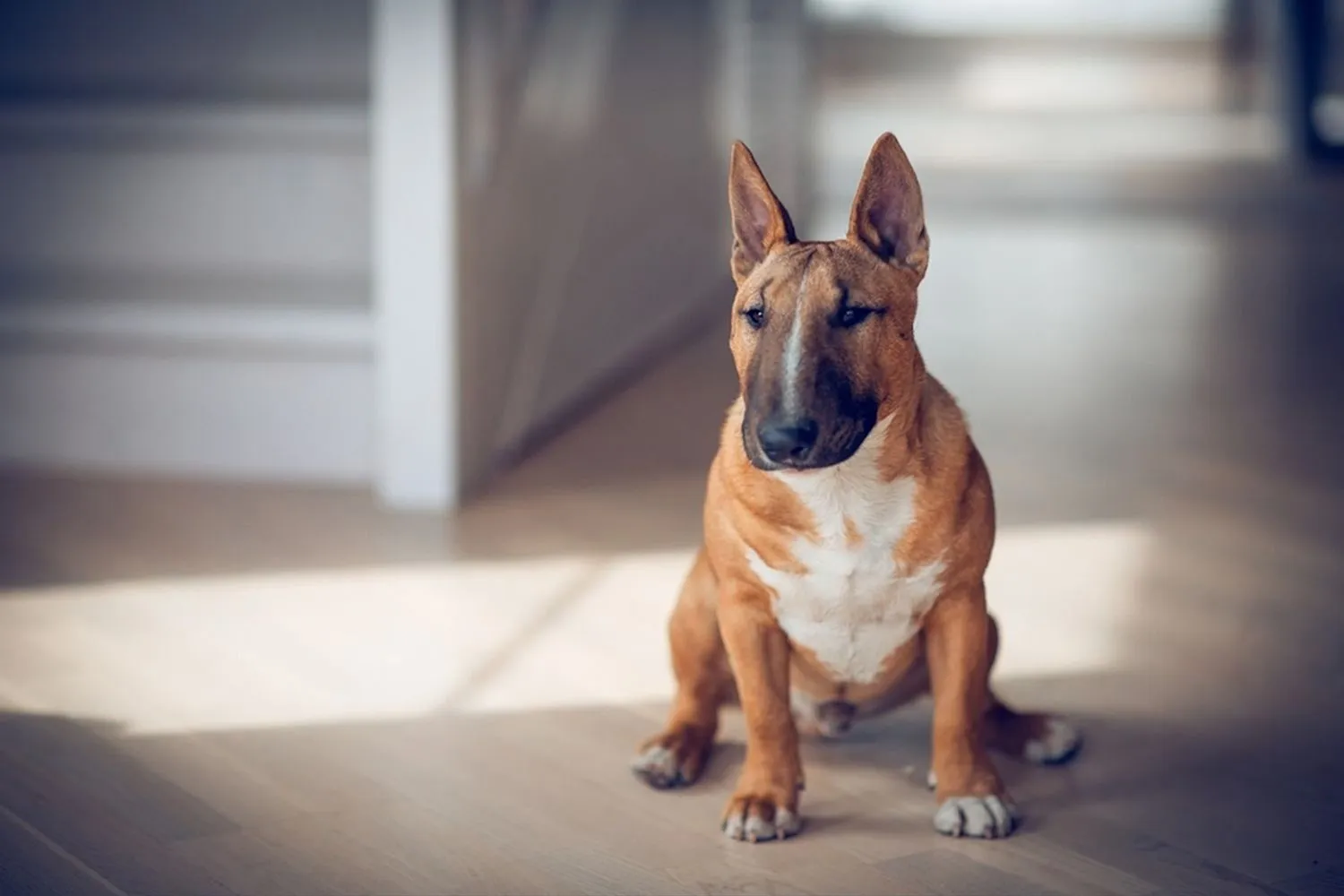
Who Is a Bull Terrier Best For?
Make no mistake, Bull Terriers are high octane, headstrong characters with a sense of humor and a will of their own. That bulldog heritage shows up as “I’ve got this, thanks” confidence. If you hesitate, they’ll happily make the decision for you. I learned that the first time I walked a Bull Terrier at our local shelter he paused, looked back at me, and then marched us to the park like he’d planned the route all week. They’re wonderful dogs, but they need someone who can meet that stubborn streak with calm, consistent leadership and plenty of structure.
A Bull Terrier thrives with an active family that enjoys daily walks, purposeful play, and training that keeps their busy brain engaged. Think brisk walks, tug with rules, fetch in short bursts, and puzzle toys that make them work for their rewards. They’re happiest when house rules are clear and always enforced sit before doors open, toys put away when playtime ends, and no jumping on guests, even if the tail says “but I love them!” This isn’t the best breed for brand-new or timid owners. Confidence matters. Short, upbeat training sessions with lots of praise work wonders; stubbornness melts when a Bull Terrier realizes that following the program pays off.
If you have very young children, this probably isn’t the match. Bull Terriers are powerful, boisterous, and can accidentally bump or bowl over little ones in the excitement of play. Without proper socialization, they can become pushy or even aggressive, so early, positive exposure to people, places, and supervised dog meetups is essential. Older kids who understand boundaries can do great with a Bull Terrier have them help with simple training cues and games under adult supervision. One friend keeps a “calm corner” mat for their Bull Terrier, and it’s magic: after a quick play session and a few treats for settling, the whole house takes a collective sigh. With the right guidance and plenty of activity, these quirky, clownish athletes become fiercely loyal companions who keep life busy and never, ever boring.
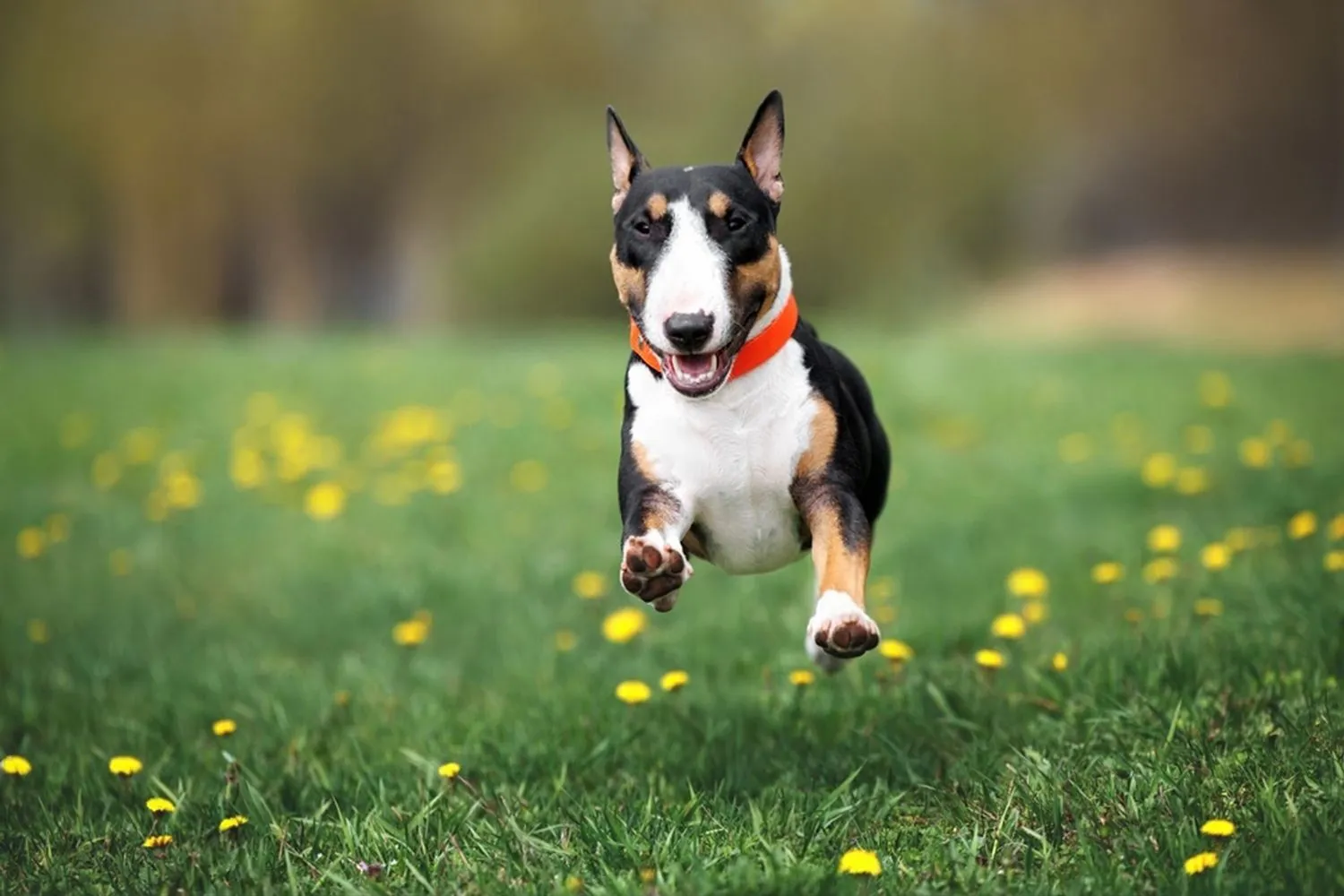
Bull Terrier Grooming & Shedding
That sleek, glossy Bull Terrier coat looks like it might take work, but it’s wonderfully low fuss. Their hair is short, flat, and a little tough to the touch, which means dirt doesn’t cling much and shine comes easily. Most weeks, I just give a quick once over with a rubber grooming mitt. Five minutes on the porch after a walk, a few gentle circular motions, and they’re polished up like a little white (or brindle) bowling ball with legs.
Twice a year, though, these sturdy kiddos shed in earnest usually in spring and fall. During those weeks I switch to daily brushing to keep the tumbleweeds under control. I like to do it outside so the breeze can carry away loose hair instead of my vacuum. A rubber mitt or a soft curry brush works great, and a damp microfiber cloth afterward picks up the fine stuff. If you wear black pants like I do, keep a lint roller by the door. Trust me on that one.
Bathing is rarely needed unless your Bull Terrier finds a mysterious swamp to roll in. Most of the time, a dry shampoo rub down or a wipe with a damp cloth keeps them clean and comfy. When a real bath is necessary, I reach for a mild, dog safe shampoo and keep it quick these guys can have sensitive skin, and less is more. I probably do a full bath every couple of months unless adventure demands otherwise.
Don’t skip the small but mighty grooming tasks: teeth and nails. Aim to brush teeth at least two to three times a week to keep tartar and bacteria in check. Start slow let them lick a bit of canine toothpaste off the brush and make it a positive routine. Dental chews help, but they’re a bonus, not a replacement. For nails, plan on a trim about twice a month, or simply go by sound. If you hear that tap tap on the floor, it’s time. I like a grinder for smooth edges, and I always keep styptic powder nearby just in case. Short nails protect their paws and prevent snagging on carpets nothing worse than a torn nail when the zoomies hit.
Quick extra check while you’re at it: a weekly peek at ears and a gentle wipe with a dog safe ear cleaner if they look gunky. A little consistent care goes a long way with Bull Terriers keep sessions short, praise a lot, and finish with a treat. It becomes a sweet routine you’ll both look forward to.
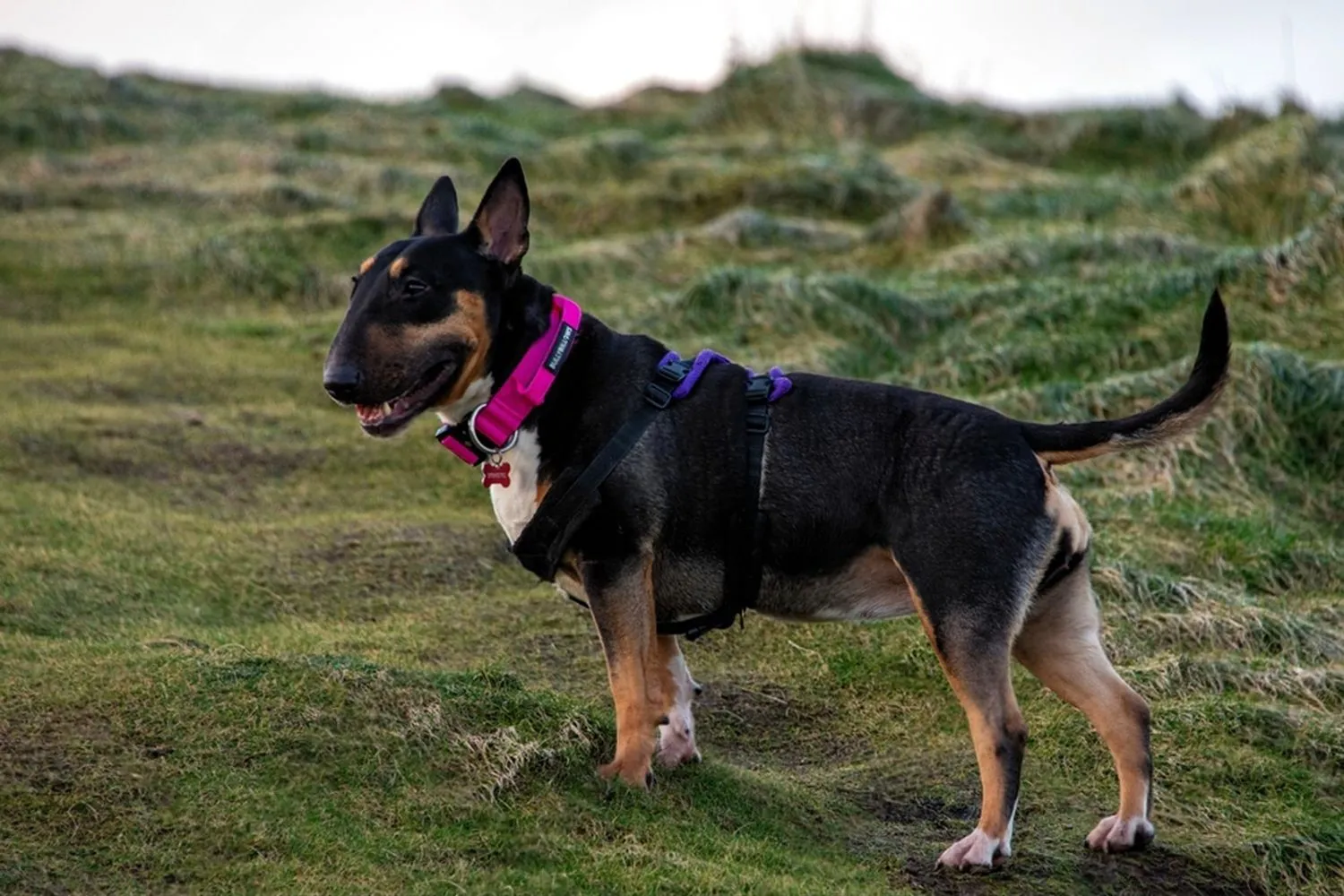
Do Bull Terriers Bark a Lot?
Short answer: not really. Bull Terriers aren’t big barkers, which is a relief if you share walls with neighbors. They tend to save their voice for when it actually matters. Mine is more of a head tilter and floor thumper than a chatterbox most days the loudest thing about him is the tail smacking the coffee table. So if a Bull Terrier does speak up, it’s worth paying attention.
When they bark, it’s usually because something feels off: a strange noise in the hallway, an unfamiliar visitor at the door, or a new dog strolling by the window. I remember one evening when my friend’s Bull Terrier was silent all night but the moment the smoke alarm battery chirped, she let out one sharp bark and parked herself under it like a tiny security guard. Take it as a cue to check the environment first: is there a knock, a shadow, a smell, or something new that might spook them?
If the barking continues, guide them calmly. A quick “Thanks, I’ve got it” and moving them away from the trigger works better than scolding. Offer a simple job go to your bed, sit for a treat and reward the quiet. Plenty of exercise and brain games (snuffle mats are magic) help too. And if the barking seems out of character or persistent, rule out pain or discomfort with your vet. With Bull Terriers, silence is normal so when they do speak, they’re telling you something you’ll want to hear.
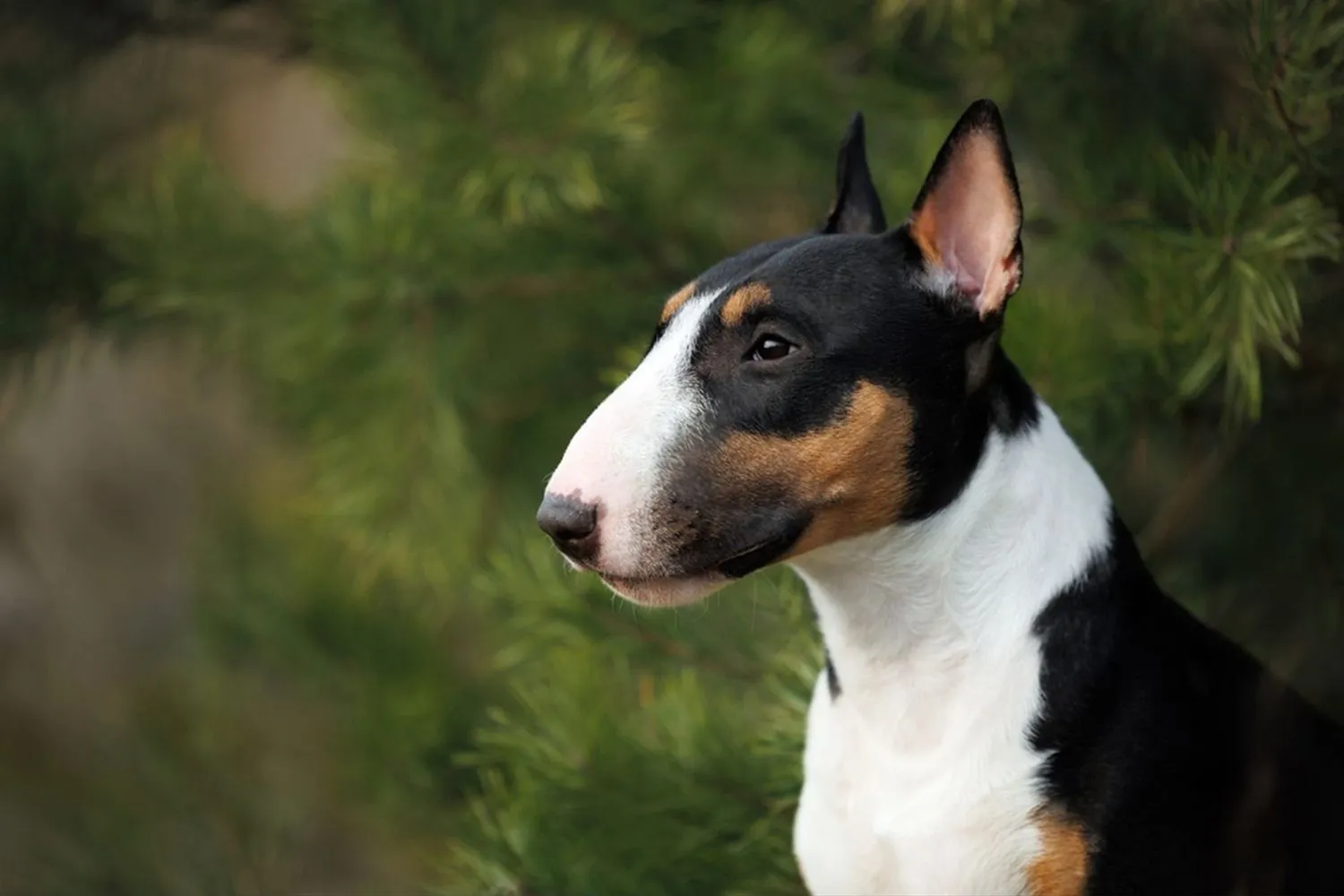
Average Weight and Height of Bull Terriers
Bull Terriers come in two sizes, and both pack a lot of personality into their frames. The standard Bull Terrier is sturdy and muscular, with males typically weighing about 25-35 kg and females around 20-25 kg. They usually stand close to 55 cm at the withers (that’s the top of the shoulders), which is roughly 22 inches. I’ve known a male named Tank who sat right in the middle at 32 kg solid as a kettlebell and twice as cuddly. Don’t be surprised if two dogs of the same height look quite different on the scale; Bullies carry their weight in muscle, not fluff. https://en.wikipedia.org/wiki/Bull_Terrier
The Miniature Bull Terrier is the compact cousin shorter but still built like a little athlete. Minis usually stand between 25-35 cm at the shoulder (about 10-14 inches) and weigh around 11-15 kg. A neighbor’s Mini named Dot used to fool everyone at the park because people thought she was a standard puppy. She wasn’t small in spirit, though she had the zoomies like a wind up toy.
A quick tip if you’re measuring at home: use a soft tape measure and find the withers by feeling for the top of the shoulder blades. For weight, the “hold and weigh” method works in a pinch step on a scale with your dog, then subtract your weight. Also remember that numbers are just a guide. Focus on body condition: you should be able to feel ribs with a light touch, see a waist from above, and notice a slight tummy tuck from the side. Standards tend to hit their full height by around a year and then fill out, while Minis usually mature a bit sooner. Keep them fit with steady exercise and sensible portions, and they’ll stay right in that healthy range ready for hikes, sofa snuggles, and everything in between.
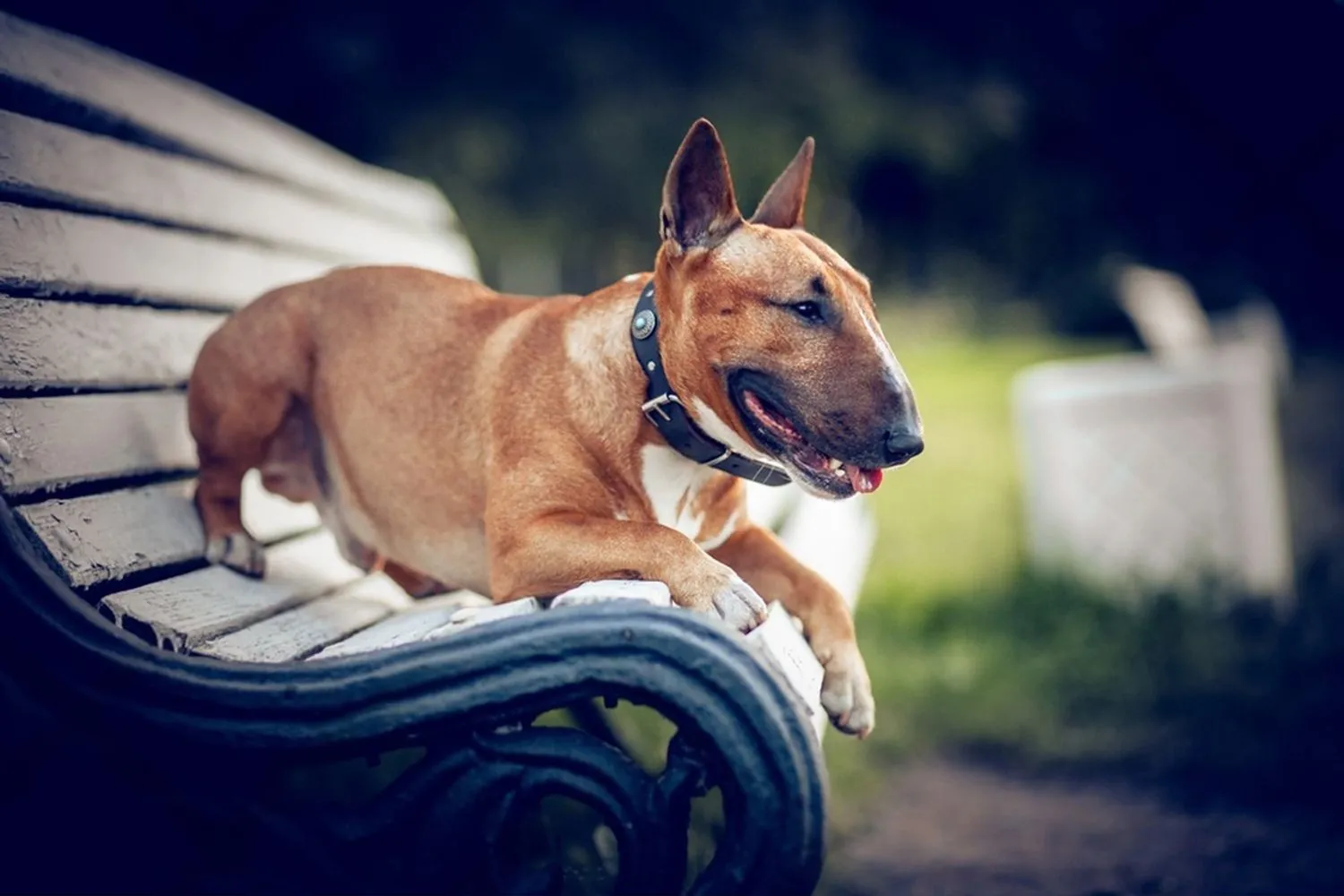
Are Bull Terriers Easy to Train?
Bull Terriers are sharp as tacks, but they’ve got that famously independent streak that keeps you on your toes. They’re the dogs who pause as if to ask, “Why, exactly?” before they do what you asked. The trick is to make training worth their while. Keep sessions short, upbeat, and bursting with praise. When I helped a friend with her bullie, we swapped the boring stuff for quick games and high value treats tiny bits of chicken and a cheerful “Yes!” and suddenly he was laser focused. A clicker can help mark the exact moment they get it right, and ending on a win keeps their confidence high. Think variety: a few sits, a bit of loose leash walking, then a fun tug reward. Five to ten minutes, a couple times a day, beats one long slog.
Socialization is huge, too. Regular dog park visits can be great, but start at quieter times so your terrier isn’t overwhelmed. I like to stroll the perimeter first, let them watch, sniff, and take it all in while I feed treats for calm behavior. Mix in neighborhood walks, meeting friendly people, and new surfaces and sounds. Consistency is your secret weapon same cues, same rules, everyone in the family on the same page. Be firm but cheerful, and pour on the praise. With that recipe, a Bull Terrier will happily show you just how smart they really are.
How Do Bull Terriers Behave? A Look at Their Temperament and Personality
Standard and miniature Bull Terriers share that same mischievous sparkle in their eyes. They’re playful, sturdy little athletes who live for a good chase, a game of fetch, and any excuse to romp with their people. I remember a friend’s mini named Pickle who would pogo straight up in the air when he saw his squeaky tennis ball pure joy packed into a muscular, egg headed firecracker.
All that energy makes them naturals for dog sports. They can shine in agility, rally, trick training, and even nose work anything that lets them move, think, and play as a team with you. I’ve had great luck with short, upbeat training bursts and plenty of variety: a flirt pole for chasing, a few tunnels and jumps in the yard, then a quick sniff and seek game to cool down. End on a win and they’ll come back eager for more.
Temperament wise, expect a loving clown with a streak of stubborn. They’re deeply people oriented and thrive on clear routines and positive reinforcement. Early socialization helps channel that enthusiasm, and a bit of impulse control work (sit before the door opens, wait for the ball) keeps their bouncy greetings from bowling anyone over. Because they love to chase, I keep a long line handy when we’re near squirrels, and I practice recall games daily. Give a Bull Terrier your time, structure, and play, and you’ll have a hilarious, loyal teammate for life.
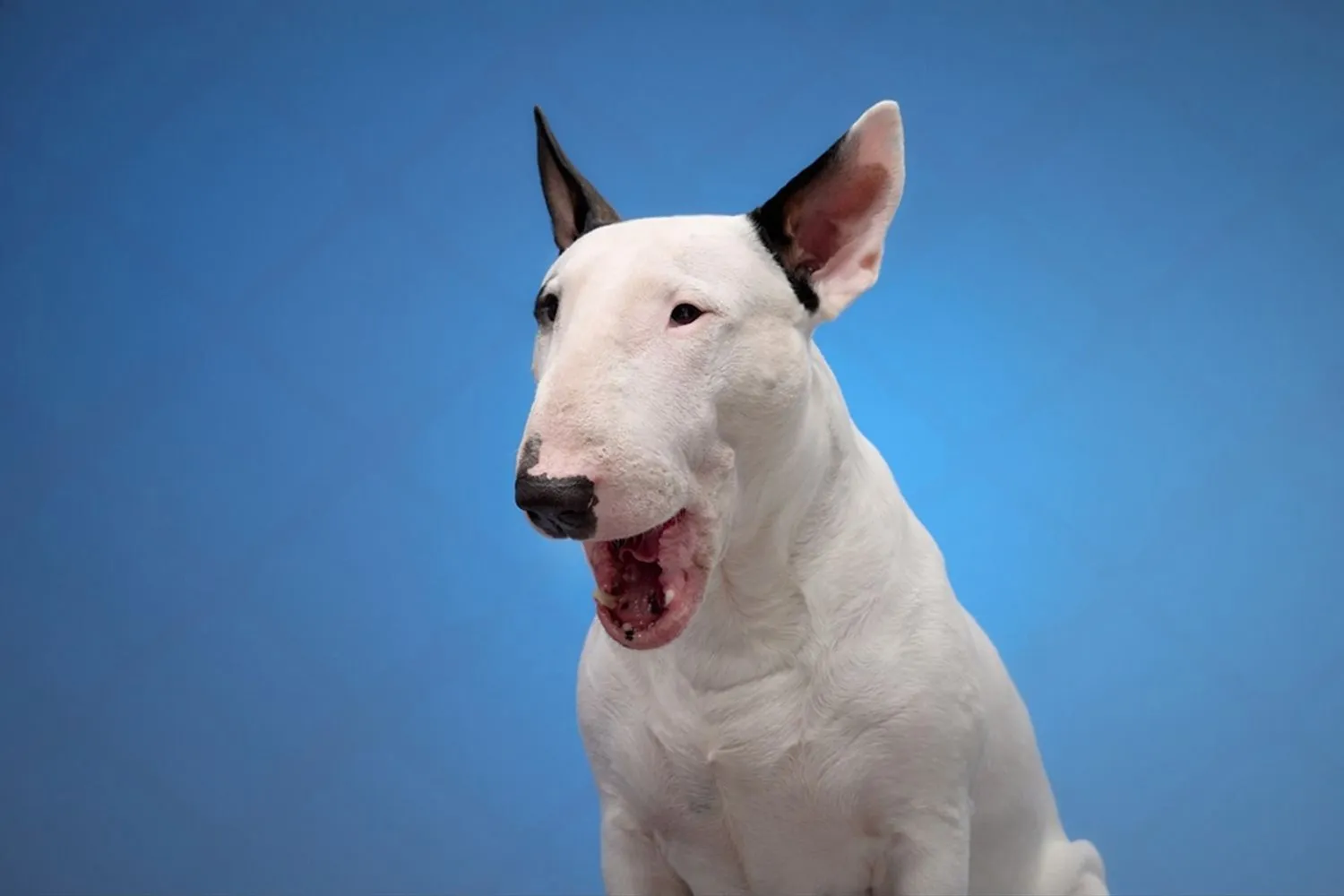
Do Bull Terriers Have Common Health Issues?
Most Bull Terriers I’ve known are sturdy, goofy athletes who can turn a living room into a comedy show in seconds. Still, like any purebred dog, they come with a few health quirks to keep on your radar. A good breeder is your first line of defense: they should show you health certifications for both parents and be transparent about their dogs’ medical histories. One important tip I learned the hard way some conditions don’t show up until maturity, so reputable breeders wait to breed dogs until they’re at least 2 years old, when meaningful health clearances are possible.
If you’re talking to a breeder, ask specifically about:
– Hearing testing (BAER test) for puppies and parents
– Patella (kneecap) evaluations
– Cardiac exams by a veterinary cardiologist
– Kidney screening, including a urinalysis and a urine protein to creatinine (UPC) ratio
Here are the common Bull Terrier health issues and how I keep an eye on them:
– Kidney disease: Bull Terriers have a higher risk of renal problems. Watch for extra thirst, frequent urination, weight loss, or a dull coat. I like to get baseline bloodwork and a urine test at around 2 years old, then repeat annually. Staying lean and well hydrated helps, and your vet can guide you on diet if anything pops up.
– Heart disease: Heart issues occur in the breed, so regular checkups matter. A good vet will listen for murmurs at every visit; if they hear one, an echocardiogram may be recommended. My friend’s Bull Terrier, Tank, had a mild murmur found at a routine exam at 2 years early detection meant simple monitoring and a full, happy life of fetch and naps.
– Patellar luxation (loose kneecaps): You might notice a skip in their step or “bunny hopping” when this flares up. Keep them fit and strong with controlled exercise think hill walks and gentle strength work rather than endless high impact jumping. I use ramps instead of letting mine launch off the couch, and joint supplements can be helpful with your vet’s okay.
– Deafness: Some Bull Terriers, especially white coated ones, may have hearing loss. A BAER test confirms it. Training a deaf dog is absolutely doable I fostered one and we used hand signals, a vibrating (not shock) collar for attention, and lots of eye contact. Safety first: fenced yards and leashed walks are non negotiable.
– Atopic dermatitis (allergies and skin issues): Itchy paws, belly rashes, and ear gunk are common signs. I wipe paws after grass romps, use a gentle, vet recommended shampoo, and add omega-3s with my vet’s guidance. If your dog has a pink nose or thin fur on the ears, a dab of dog safe sunscreen before sunny walks can help prevent irritation.
A few practical habits make a big difference:
– Annual vet visits (twice a year for seniors), with basic labs and a urine test
– Keep a simple health log in your phone weight, test results, any new quirks
– Maintain a lean body condition; extra pounds stress the heart, kidneys, and joints
– Pet insurance early on can take the sting out of surprise vet bills
Bottom line: Bull Terriers are generally healthy, happy clowns, and with a careful breeder, regular checkups, and a bit of proactive care, you’ll likely enjoy many years of that famous egg shaped grin by your side.
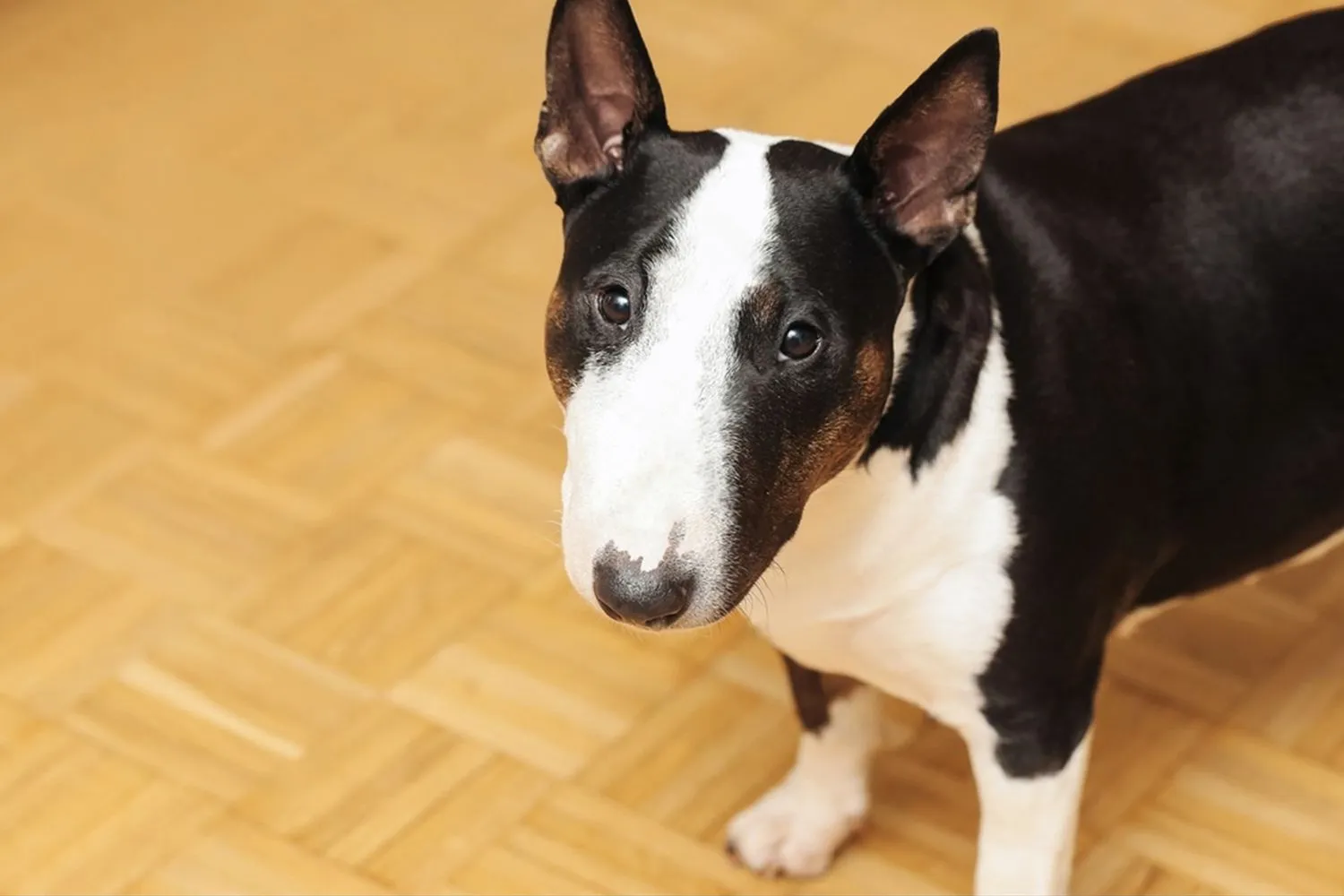
What Is the Lifespan of a Bull Terrier?
Most Bull Terriers live around 10 to 13 years, and with a little luck and a lot of good care, many reach their teens with plenty of pep. I still smile thinking about a 14-year old Bull Terrier named Tank who trotted past me at the park, tail wagging like a metronome, insisting every tennis ball was his.
Longevity starts with the basics: a high-quality, portion controlled diet and daily exercise. Keeping them lean is the quiet superpower for a longer life if you can see a waist and feel ribs under a light layer, you’re on track. These pups love activity in short, spirited bursts brisk walks, fetch sessions, tug, and brain games like puzzle feeders or simple scent games. My own routine was 20 minutes of fetch, then a calm snuffle walk to help those zoomies fade into a happy nap.
Regular vet care ties it all together. Annual checkups (twice a year for seniors), dental care, and staying current on vaccines and parasite prevention catch little issues before they grow. As they age, add soft bedding for joints, keep nails trimmed, and watch the heat short coats and enthusiastic hearts can overdo it on sunny days. A bit of sunscreen on pale noses and ears never hurts. With steady routines, love, and thoughtful care, your Bull Terrier can enjoy a long, joyful run at your side.
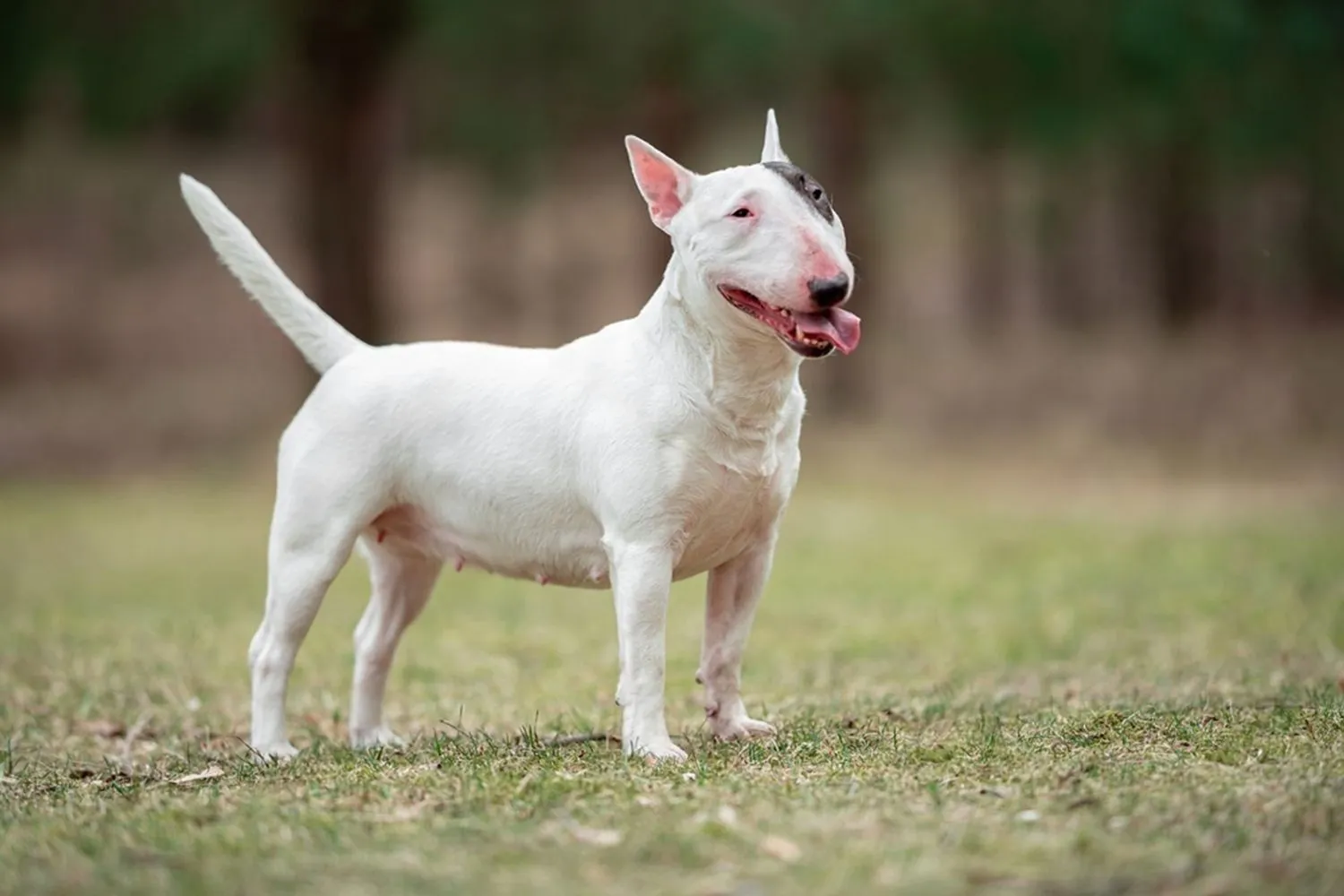
How Much Should a Bull Terrier Eat?
Feeding a Bull Terrier isn’t one size fits all it really depends on age, build, size, and how much zooming around they do in a day. Puppies usually need more frequent meals and more calories for growth, while steady adult dogs do well on two measured meals a day. If your Bull Terrier is a couch cuddler, they’ll likely need less than a pup who’s doing long hikes or agility. I like to start with the feeding guide on the bag as a baseline, then adjust up or down based on how my dog looks and feels.
Quality matters, too. Higher quality food is more nutrient dense, so you often feed a bit less while getting better nourishment. When I switched my Bull Terrier to a better kibble, I had to cut back a quarter cup to keep his waistline from disappearing. A quick check: you should be able to feel ribs without digging and see a slight tuck at the waist. If not, reduce portions by 10% for a couple of weeks and recheck. Keep treats under 10% of daily calories, measure meals with a cup or scale, and don’t forget fresh water. And when in doubt, your vet can help tailor a plan that suits your dog’s lifestyle.
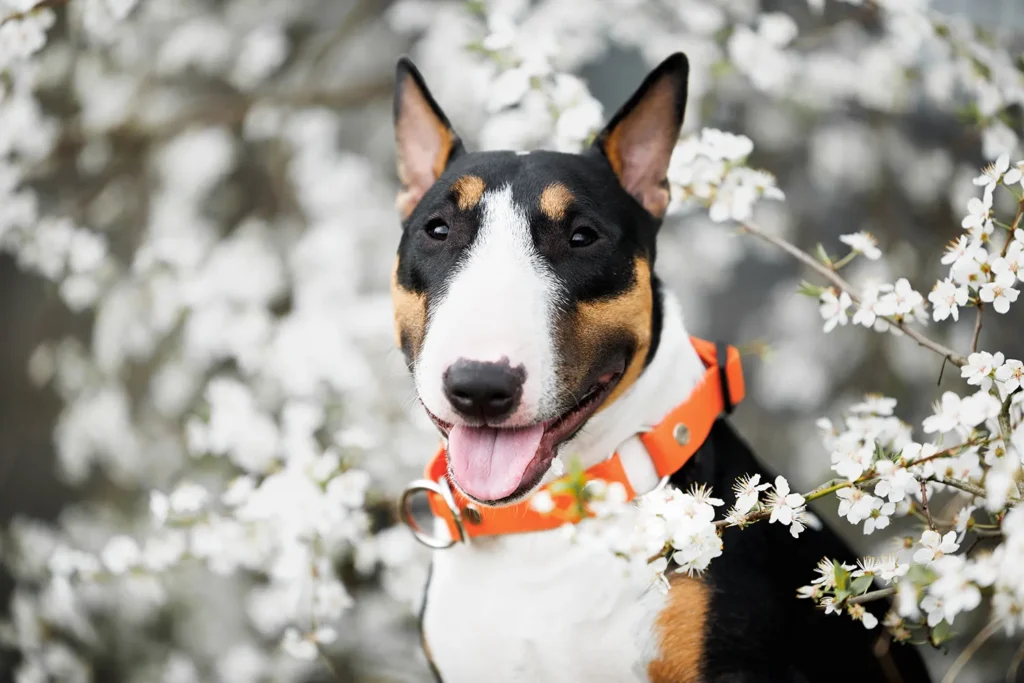
Bull Terrier FAQs
Are Bull Terrier puppies very excitable?
Puppies are little tornadoes no matter the breed, but Bull Terrier puppies are like tiny circus performers with a turbo button. Expect pogo stick greetings, zoomies that leave you laughing and slightly winded, and a tail that’s convinced it’s a helicopter. I remember walking in from work one day and my Bull Terrier pup bounced so high he nearly booped my chin. Sweet? Absolutely. Calm? Not even a little.
The good news is they do settle as they mature usually somewhere between 12 and 24 months but even then they’re naturally boisterous, playful dogs. The trick is channeling that energy. Short training bursts throughout the day, a good flirt pole session in the yard, and puzzle feeders to work their brains can make all the difference. I like to teach a “four on the floor” rule for greetings and reward the moment those paws stay grounded. Pre guest exercise helps too: a brisk walk before visitors arrive turns chaos into charm. If you’re considering this breed, make sure you’re ready to embrace the exuberance. It’s part of their charm, and with consistency, you’ll have a wonderfully fun companion who can also settle when asked.
Are Bull Terriers noisy compared with other dog breeds?
Not really. Compared to many breeds, Bull Terriers are quite quiet. Mine is more of a “grunter” and “sigher” than a barker he narrates his life in little huffs and chirps but rarely raises the alarm unless there’s a real reason. This makes them great for apartment living or close quarters with neighbors.
That said, any dog can get vocal if bored. Keep their minds busy with sniffy walks, trick training (they’re hilarious at “spin” and “bow”), and food puzzles. Teach a simple “quiet” cue early, and you’ll hardly hear a peep. I also like a calming routine in the evening lights down, a chew, and a cozy bed so they learn when the day is done. With enough socialization and mental stimulation, your Bull Terrier will be the neighbor everyone compliments for good manners.
Will a Bull Terrier get on well with other pets?
It depends on socialization and management. If you introduce them to other animals early and positively, many Bull Terriers do perfectly well in multi pet homes. I like starting with parallel walks and baby gates so everyone can see and sniff safely. Keep first meetings short, cheerful, and structured; end on a win and try again later.
Remember, Bull Terriers are strong and can play like enthusiastic linebackers, often not realizing they’re built like compact bodybuilders. Supervise play with smaller pets, teach a solid “gentle” and “leave it,” and step in before things get too rowdy. A friend’s Bull Terrier learned to lie down to play with their tiny terrier adorable and much safer. With cats, go slow: scent swaps, high perches, and no chasing allowed. Never rush it and don’t leave new friendships unsupervised until you trust the dynamic. The potential is there; your guidance makes the difference.
Are Bull Terriers any more prone to health risks than other dogs?
Not necessarily. Like most purebreds, they have a few things to watch for, but Bull Terriers are generally sturdy, healthy dogs. A balanced diet, keeping them at a good weight, and regular vet checkups are your best tools. I make a simple checklist for my calendar: yearly wellness exam, dental care, flea/tick prevention, and skin/ear checks during grooming.
Some lines may be prone to skin sensitivities, ear issues, or joint concerns nothing unusual in the dog world, but worth monitoring. If you have a mostly white Bull Terrier, ask your vet about a hearing check early on; it’s a common screening and good peace of mind. Also, don’t forget sun protection for pink noses and light coats on bright days learned that one after a beach trip and a very offended dog in a sun hat. Choose a reputable breeder who health tests their dogs, or work with your vet if you’re adopting, and you’ll set your pup up for a long, happy life.
If you’re ready for laughter, energy, and a dog who loves with their whole wiggly body, a Bull Terrier can be pure joy. They’re the kind of dog who turns ordinary days into stories you’ll tell for years.
Disclaimer:
This article is for informational purposes only and doesn’t replace professional veterinary or training advice. Always consult a certified vet or dog trainer for guidance specific to your pup.
